Rivian's second-gen R1 brings new utility, bold graphics and a richly designed interior
Californian EV maker Rivian has updated its flagship R1 SUV and pick-up, increasing their range, ability, and overall ambience with a blend of luxury and utility
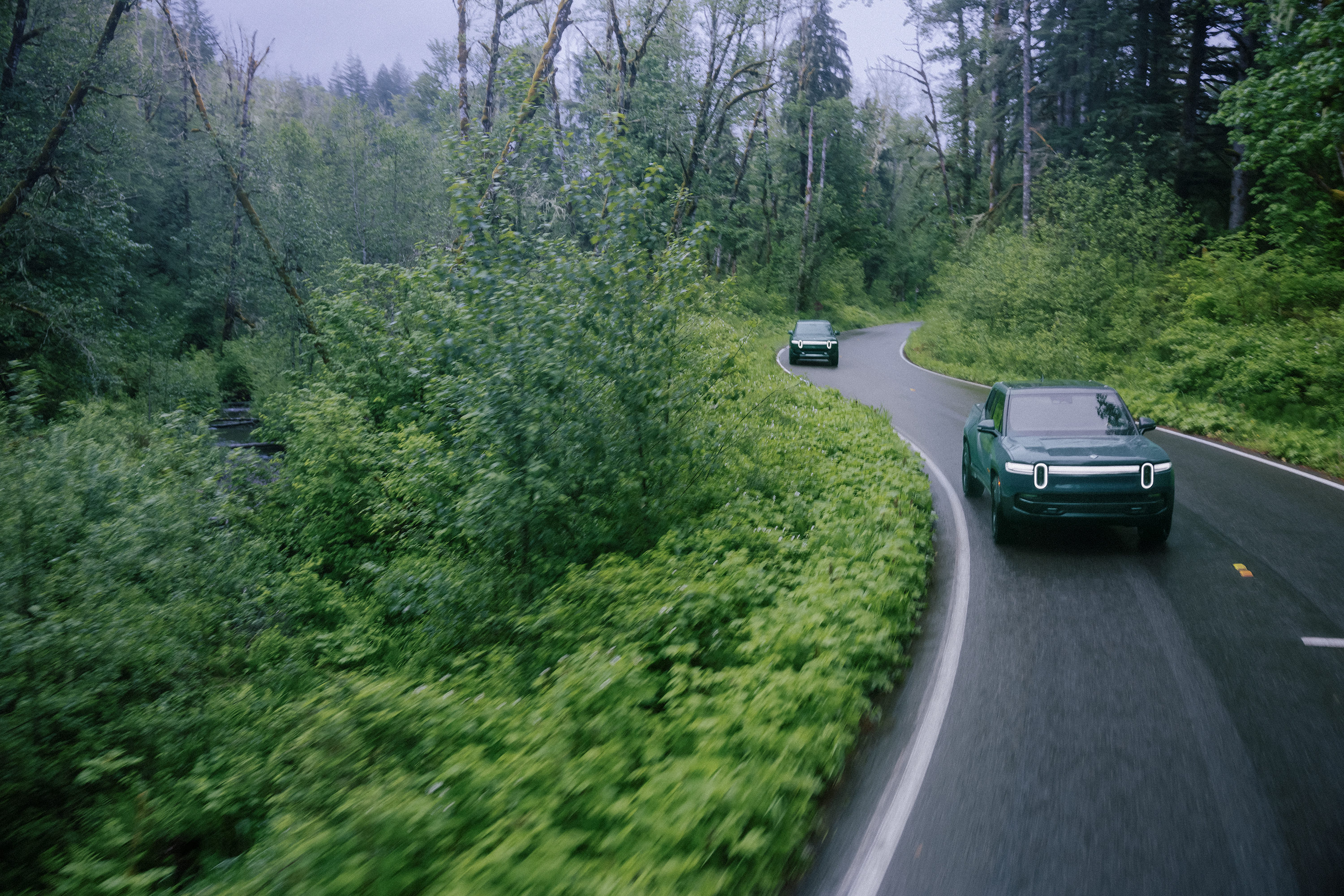
Rivian has updated and enhanced its debut model, the might R1 EV. Founded way back in 2009, Rivian pivoted this way and that before eventually settling on a solid strategy as a maker of all-electric SUVs and pick-up trucks, two market sectors that were at that point soundly overlooked by the first generation of EV manufacturers.

Second Generation Rivian R1T and R1S
Those products, the R1S 7-seater SUV and R1T pick-up, were revealed in December 2017 and finally found their way to customers in late 2021. It was a tricky time to seed an innovative all-electric car range, with pandemic and conflict-driven supply shortages ramping up costs and delays. A side gig building out Amazon’s EDV (Electric Delivery Van) fleet has helped, as did the news of two smaller upcoming models, the Rivian R2 and R3.
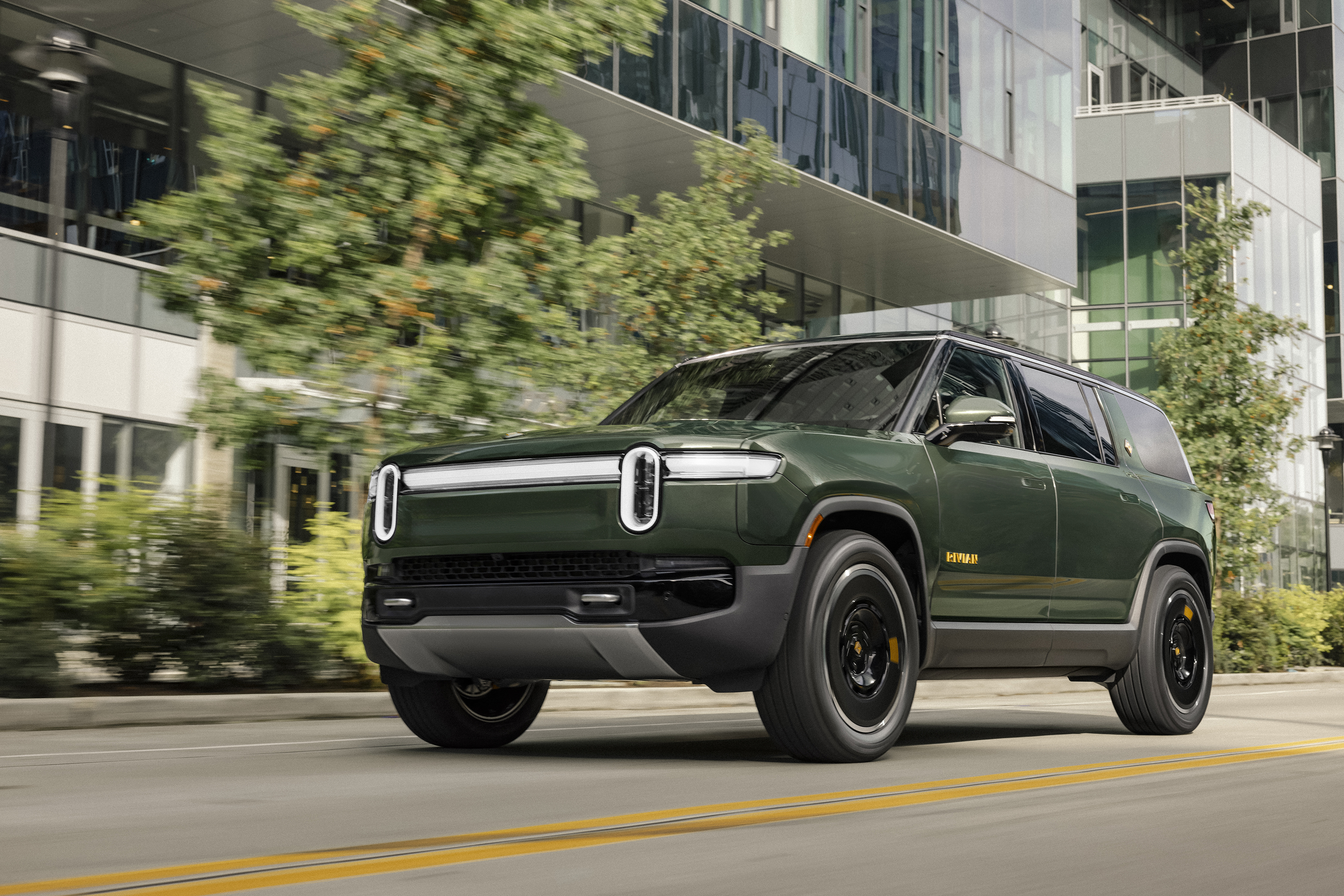
Second Generation Rivian R1S SUV
To bolster all this activity, the R1 is getting an update. Wallpaper* spoke to Rivian’s Chief Design Officer, Jeff Hammoud, about the changes and challenges of giving an instantly iconic vehicle a subtle but meaningful overhaul. ‘You have to let the customer see change and make it tangible,’ Hammoud acknowledges, but he cautions against the need for any overwhelming change. In the case of the R1 range, the existing building blocks are pretty solid.
On the exterior, the biggest changes are to the style and functionality of the lighting. Rivian’s signature vertical lozenge-like headlights now incorporate an Adaptive Drive Beam system, as well as new RGB LEDs in the horizontal light bar that add a new layer of functionality.
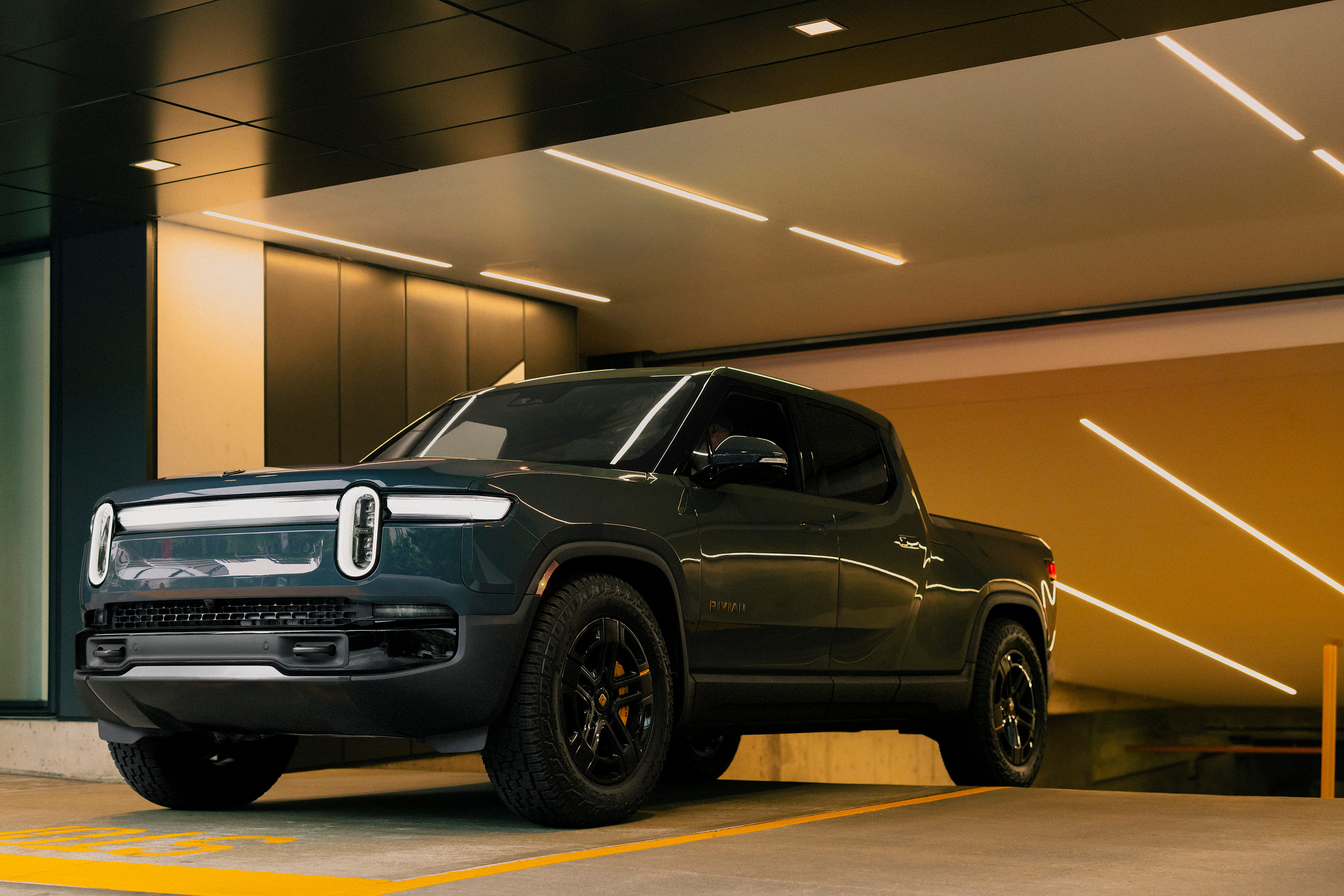
Second Generation Rivian R1T Pick-Up Truck
There’s a lot going on under the skin, with a substantial overhaul to the look and feel of the infotainment system, new materials and trim parts, and revisions and updates to the R1’s performance capabilities. ‘The look and feel of the software certainly influenced the hardware,’ Hammoud says, ‘especially elements like the headlights and light bar.’ New Gen2 architecture gives the car much more processing power, allowing the sensors to work harder and smarter on things like blind spot monitoring.
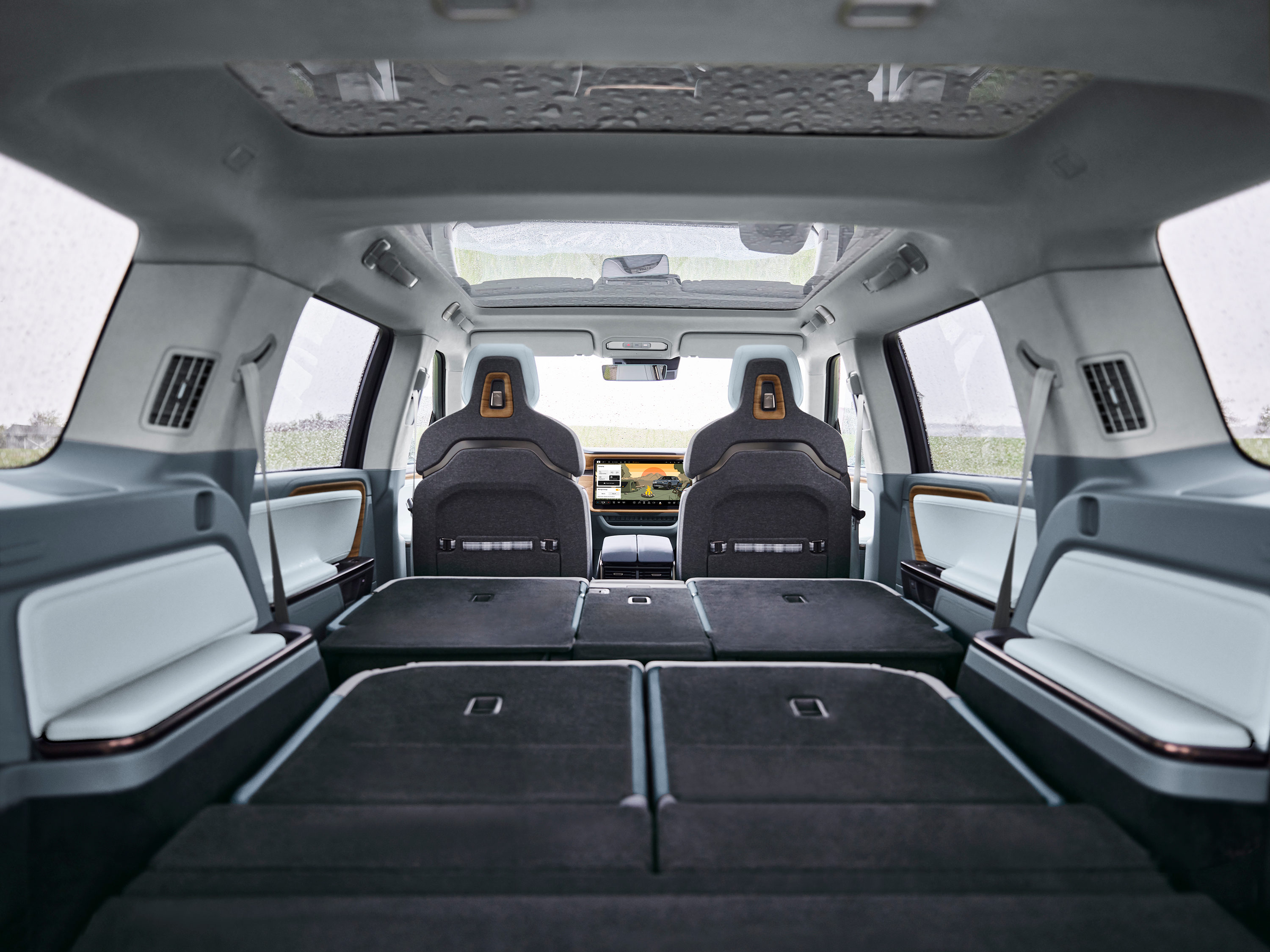
The R1 has a capacious interior
‘Our vehicle is software-defined,’ says Hammoud, ‘it’s really only us and Tesla who can make these big changes through software, so we really want to leverage that.’ Rivian spends a lot of time exploring what customers do and don’t like, including scouring message boards and groups on sites like Reddit to see what people are saying. ‘Every manufacturer is trying to push towards this, I think,’ he adds, ‘because you have smaller components, less wiring, OTA (over-the-air) updates – it’s very freeing as a designer.’
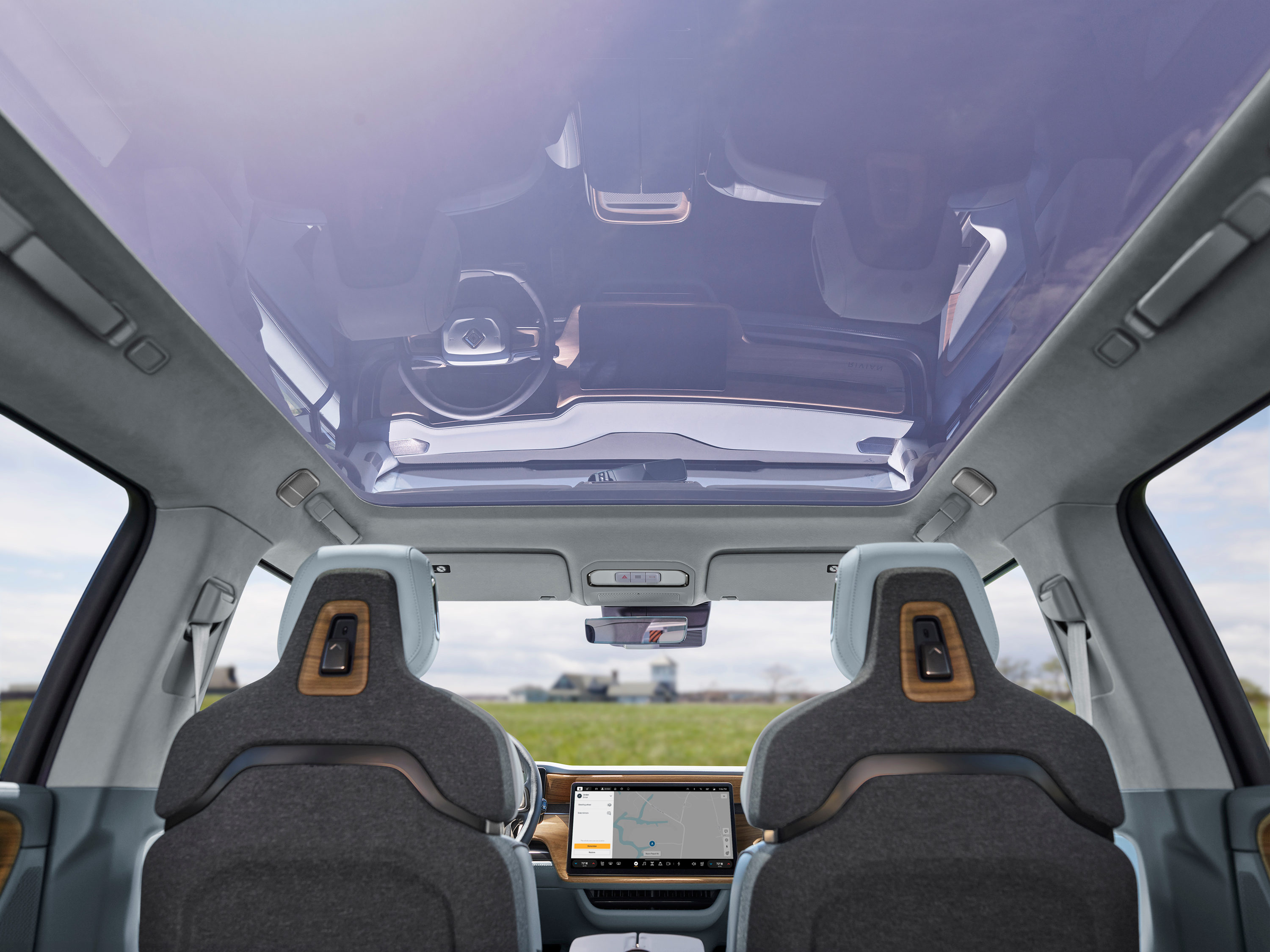
Inside Rivian's R1S
In either guise, R1 already has a reputation as a performer, both on road and off. Second generation cars will receive Rivian’s new drive unit in either Tri- or Quad-motor configurations, alongside the existing Dual-Motor option. No-one is especially wowed by the numbers that a big, heavy electric SUV can achieve any more, but for the record, the high-performance Quad-Motor has the equivalent of 1,025 horsepower and can shunt the R1T pick-up to 60mph in less than 2.5 seconds. Remember to secure any heavy loads.
Wallpaper* Newsletter
Receive our daily digest of inspiration, escapism and design stories from around the world direct to your inbox.

Utility extends to the unique through body storage areas
Big batteries and better energy management gives a projected 400+ mile range in the most abstemious drive mode on the most efficient model (real world experiences may vary substantially), with three different battery sizes on offer. At their core, these big Rivian trucks offer a huge amount of functionality for their target market, outdoorsy Californians who like to switch between highway and trail.
That core functionality and form is also why updates like this can be so successful. ‘You need to have the right hardware from the outset,’ Hammoud points out. ‘It takes four years to get a vehicle to market, but through software updates you can iterate things really quickly.’
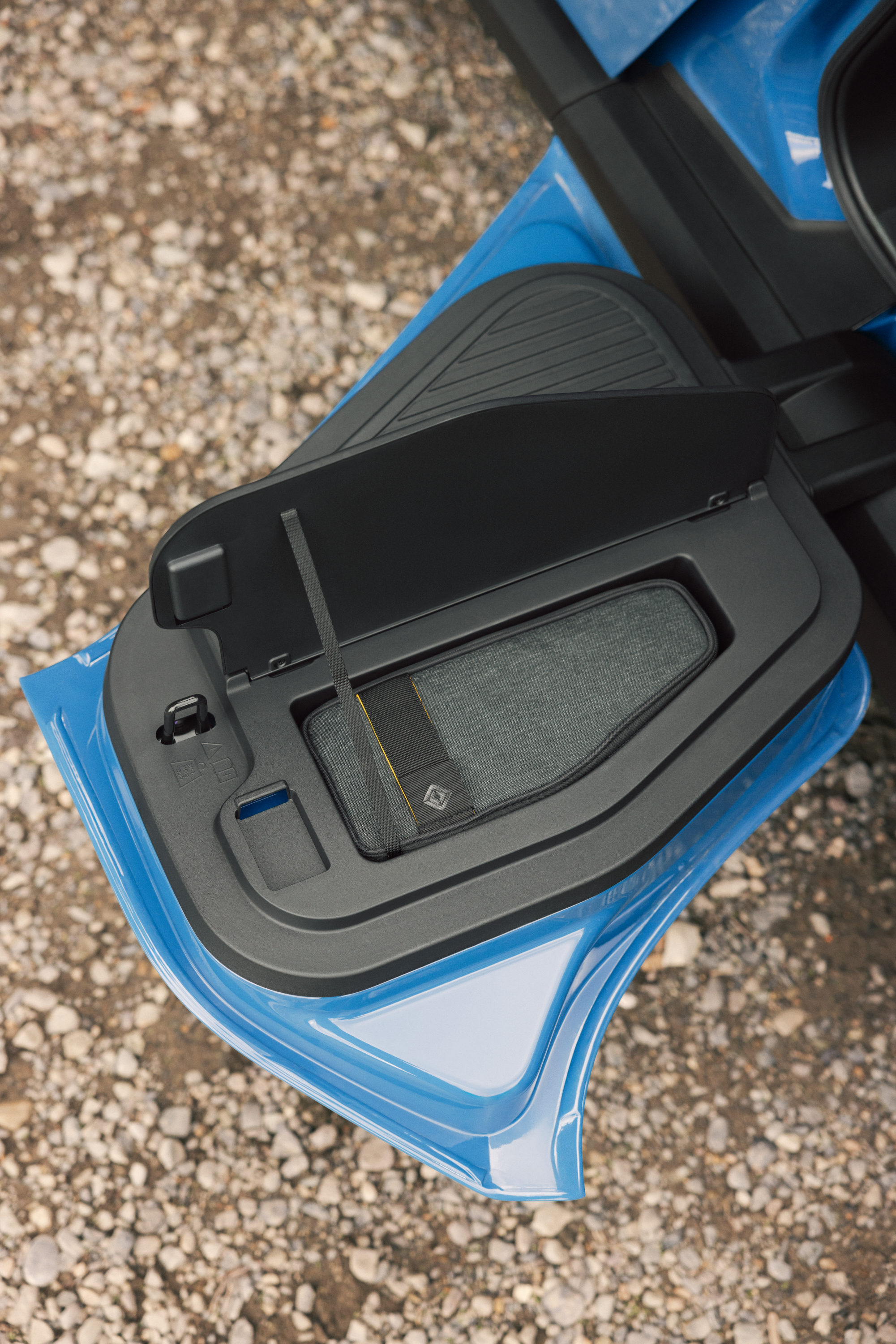
Fold-down side panels allow for extra storage
One area where the design team has had a major impact is on the graphic style of the main screen. Change the drive mode and you’ll see beautifully stylised cel-shaded animations that signal the different options, from All-Purpose to the energy-efficient Conserve mode, as well as Sport and Snow. ‘We don’t like to take ourselves too seriously,’ says Hammoud, ‘and these show the car in a really unique way. It’s joyful utility.’
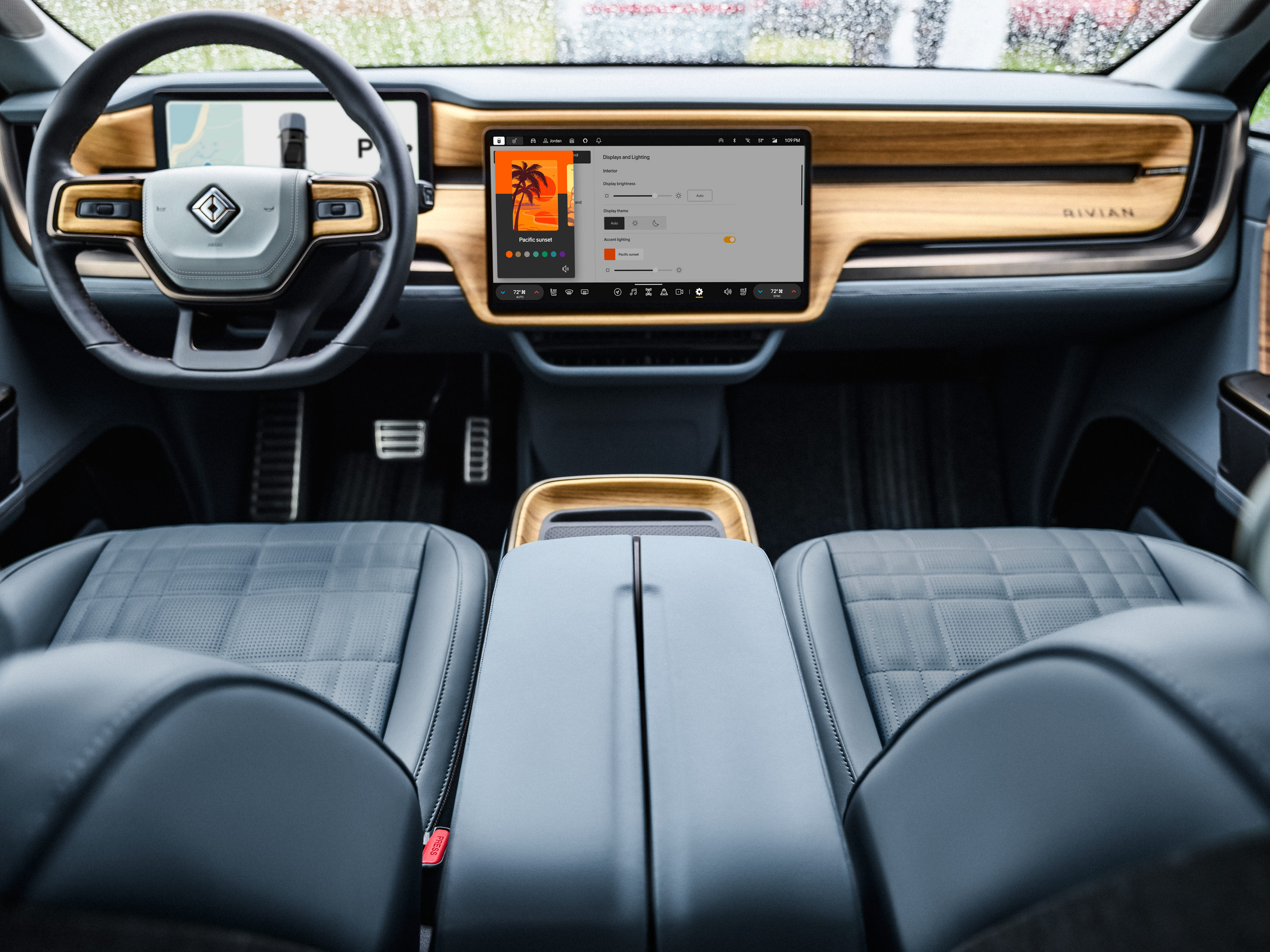
New wood trim options give the revised R1 a unique interior ambience
Other updates include optional Dolby Atmos with the Premium Audio specification, as well as keyless entry technology that can be added to your Apple Wallet or some Google Pixel phones. Other elements will come with time, including more and more autonomous driving features. These will utilize the 11 cameras and five radar systems and dedicated NVIDIA chips that have been baked in from the outset, but it’s not quite as simple as throwing a switch. Even so, Rivian is better placed than many to take advantage of what happens once social and legal barriers come down.
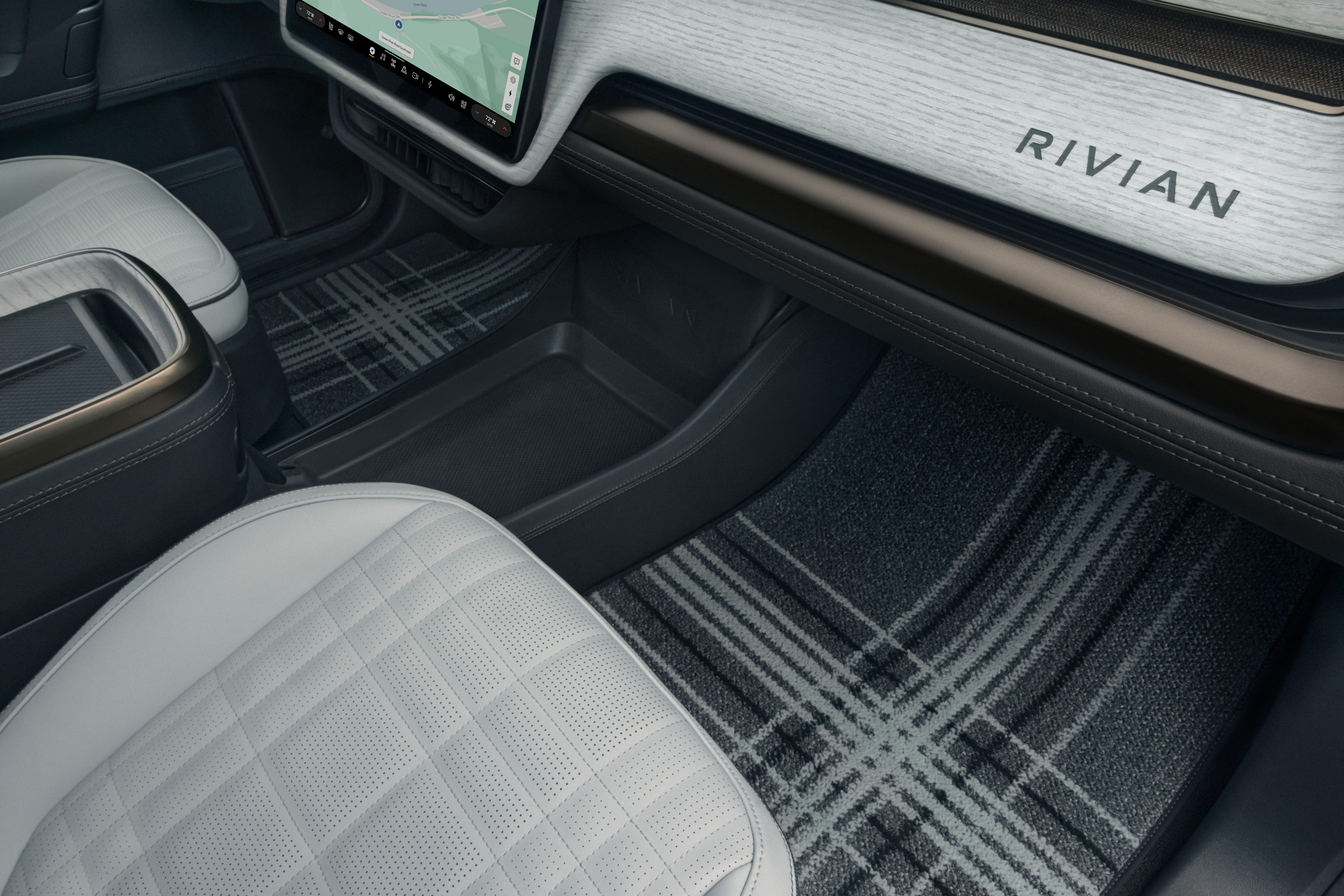
Other trim options include plaid upholstery
Under the skin, there’s enhanced and reengineered suspension (slightly smoother, as per customer feedback), and new wheels and tyres, whilst the revamped onboard computing set-up has allowed the company to simplify everything: 1.6 miles of wiring has been stripped out. ‘Our brand ethos is to be really intuitive,’ Hammoud says, ‘our customers also expect a certain amount of technology and well as engagement.’
Simplicity is still the watchword. Hammoud is especially proud of elements like the roof bars, which can be installed and removed by a single person with no tools. And while a pick-up truck will always signify a certain level of raw functionality, new interior trims and materials have elevated the experience substantially. These include exposed maple wood, brown stitching, accents of plaid textiles and ‘burnished bronze’ switchgear. ‘It’s like a sports coat with an elaborate liner,’ says Hammoud.
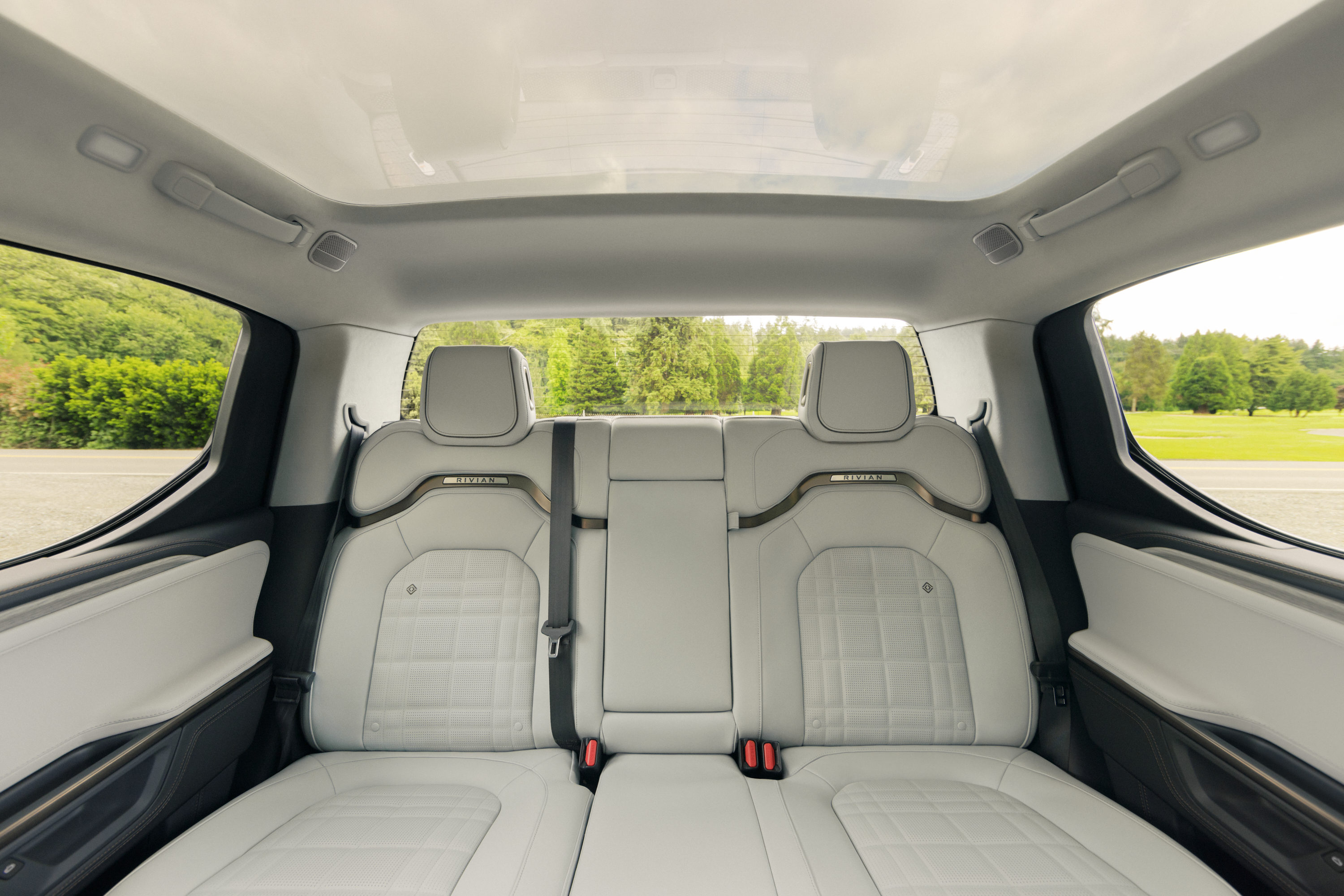
Inside the Rivian R1
Finally, there’s the opportunities created by the new lighting. ‘We spent a lot of time on the exterior lighting,’ the designer says, ‘and we can really change the user experience as a result. For example, you can see the state of charge on the horizontal light band, and we can do things like create emergency lighting systems to highlight hazards.’ This design-driven blend of innovation and experimentation continues to give Rivian an edge over its competitors and keeps the R1 high on our list of desirable EVs.
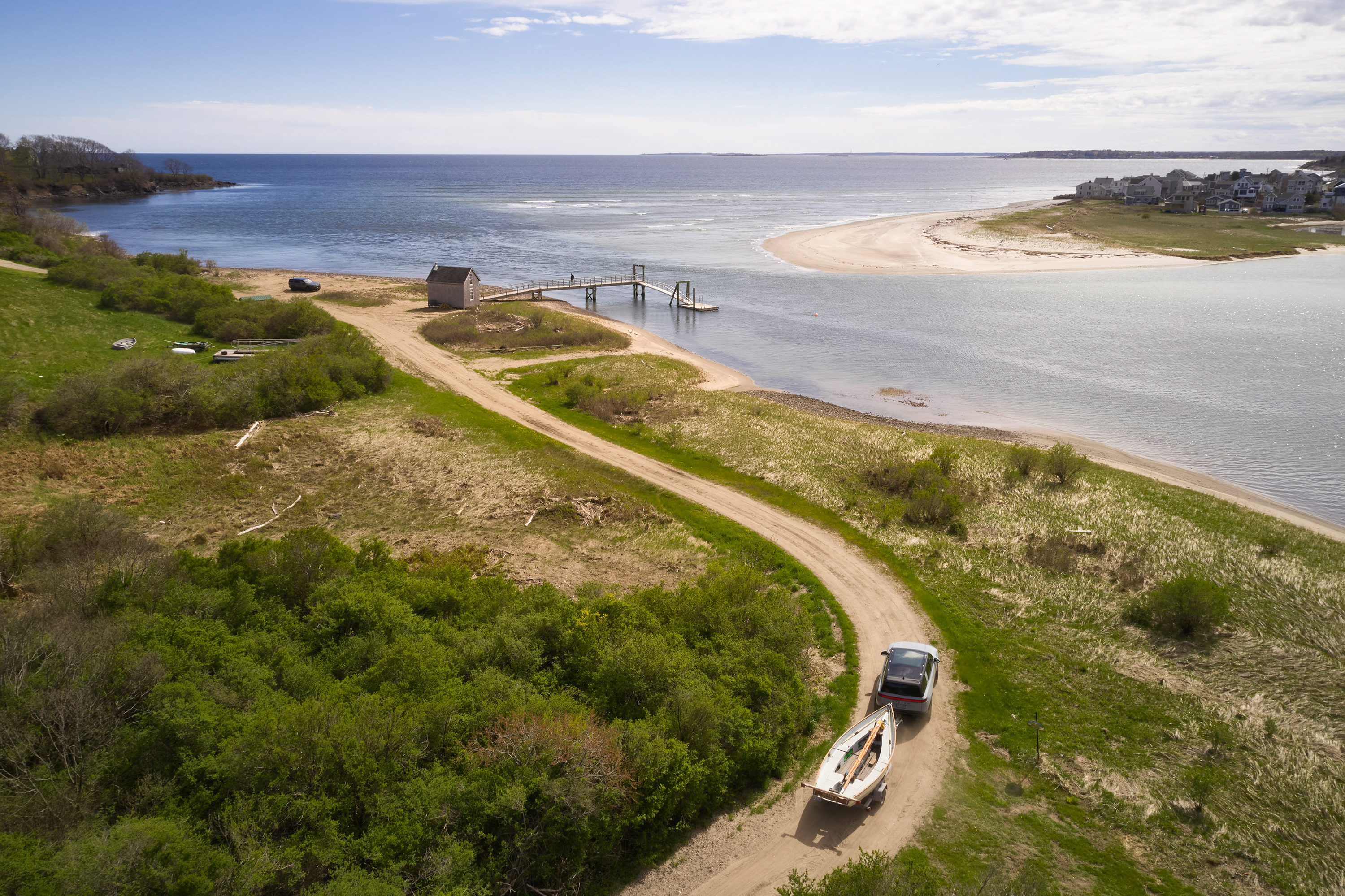
The Second Generation Rivian R1S
Rivian R1S Second Generation, from $75,900, Rivian R1T Second Generation, from $69,900, Rivian.com, @RivianOfficial
Jonathan Bell has written for Wallpaper* magazine since 1999, covering everything from architecture and transport design to books, tech and graphic design. He is now the magazine’s Transport and Technology Editor. Jonathan has written and edited 15 books, including Concept Car Design, 21st Century House, and The New Modern House. He is also the host of Wallpaper’s first podcast.
-
 Japan in Milan! See the highlights of Japanese design at Milan Design Week 2025
Japan in Milan! See the highlights of Japanese design at Milan Design Week 2025At Milan Design Week 2025 Japanese craftsmanship was a front runner with an array of projects in the spotlight. Here are some of our highlights
By Danielle Demetriou
-
 Tour the best contemporary tea houses around the world
Tour the best contemporary tea houses around the worldCelebrate the world’s most unique tea houses, from Melbourne to Stockholm, with a new book by Wallpaper’s Léa Teuscher
By Léa Teuscher
-
 ‘Humour is foundational’: artist Ella Kruglyanskaya on painting as a ‘highly questionable’ pursuit
‘Humour is foundational’: artist Ella Kruglyanskaya on painting as a ‘highly questionable’ pursuitElla Kruglyanskaya’s exhibition, ‘Shadows’ at Thomas Dane Gallery, is the first in a series of three this year, with openings in Basel and New York to follow
By Hannah Silver
-
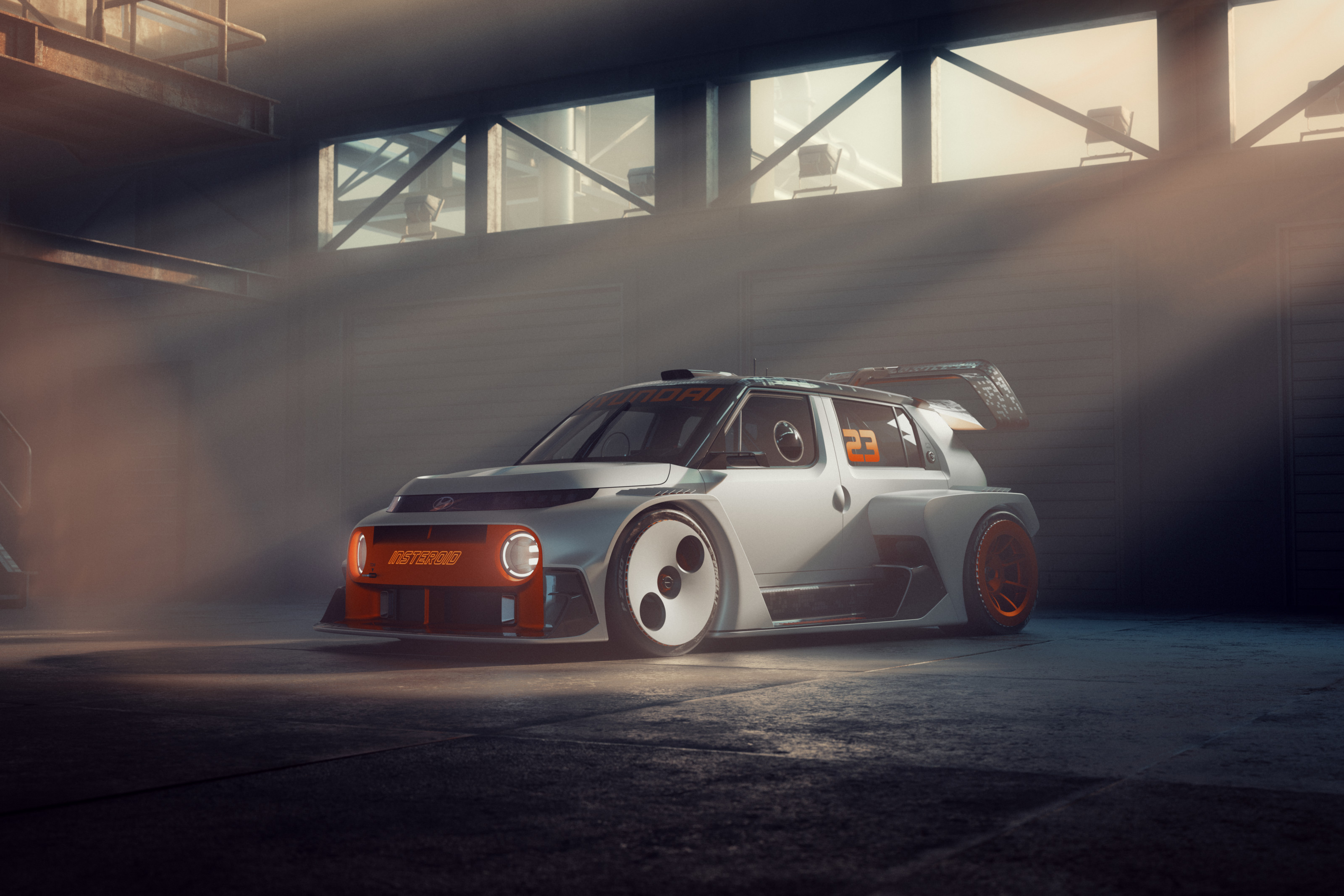 2025 Seoul Mobility Show report: all that's new and notable
2025 Seoul Mobility Show report: all that's new and notableOpened at a time of high national drama, the 2025 Seoul Mobility Show has gone on to underscore Korea’s place at the cutting edge of the auto industry. Guy Bird was there
By Guy Bird
-
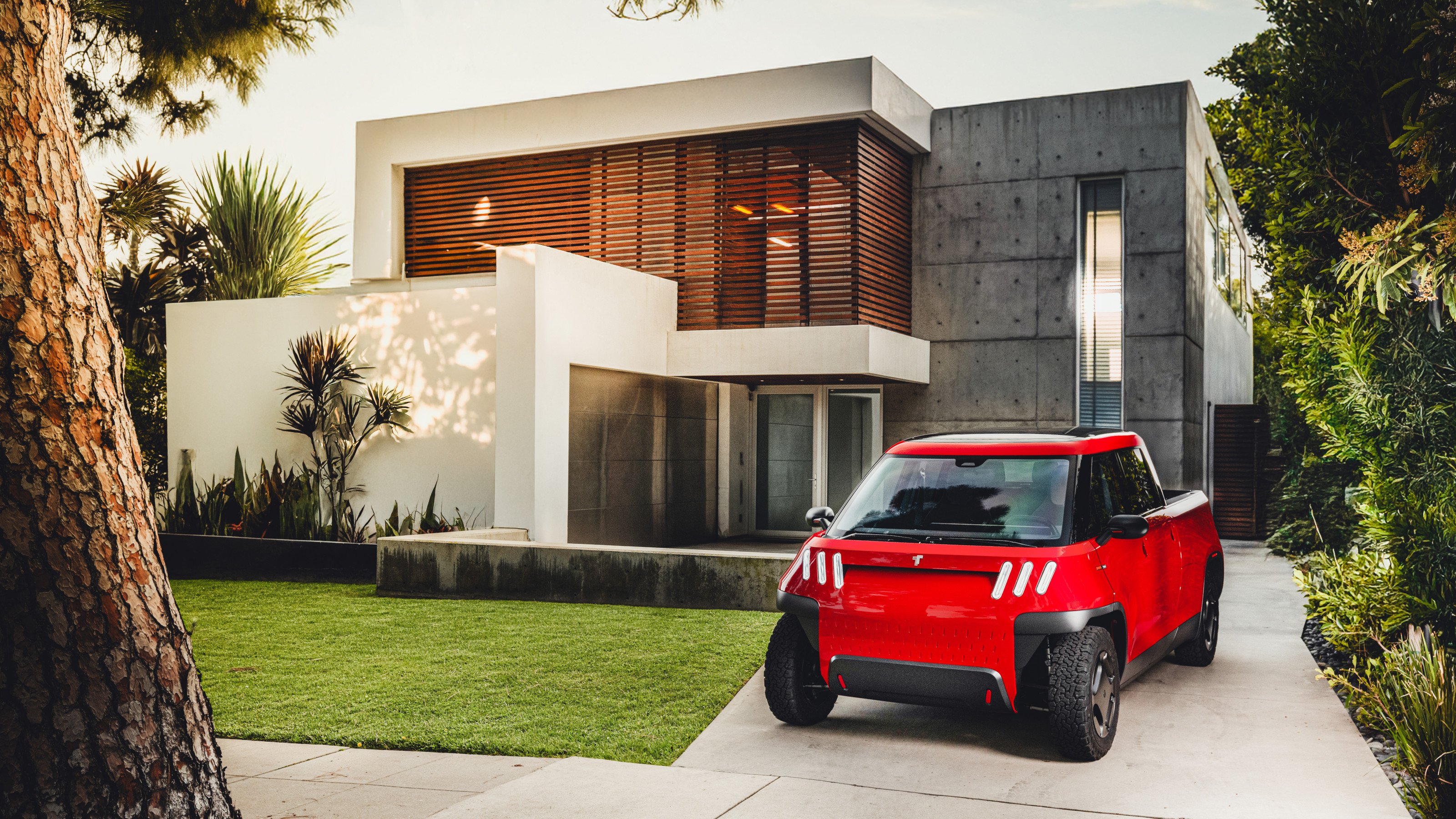 Meet the final drivable prototype of the Telo MT1 pickup truck, shaped by Fuseproject
Meet the final drivable prototype of the Telo MT1 pickup truck, shaped by FuseprojectThe Telo MT1 is a modestly scaled EV that turns the traditional all-American approach to pick-up truck design on its head
By Jonathan Bell
-
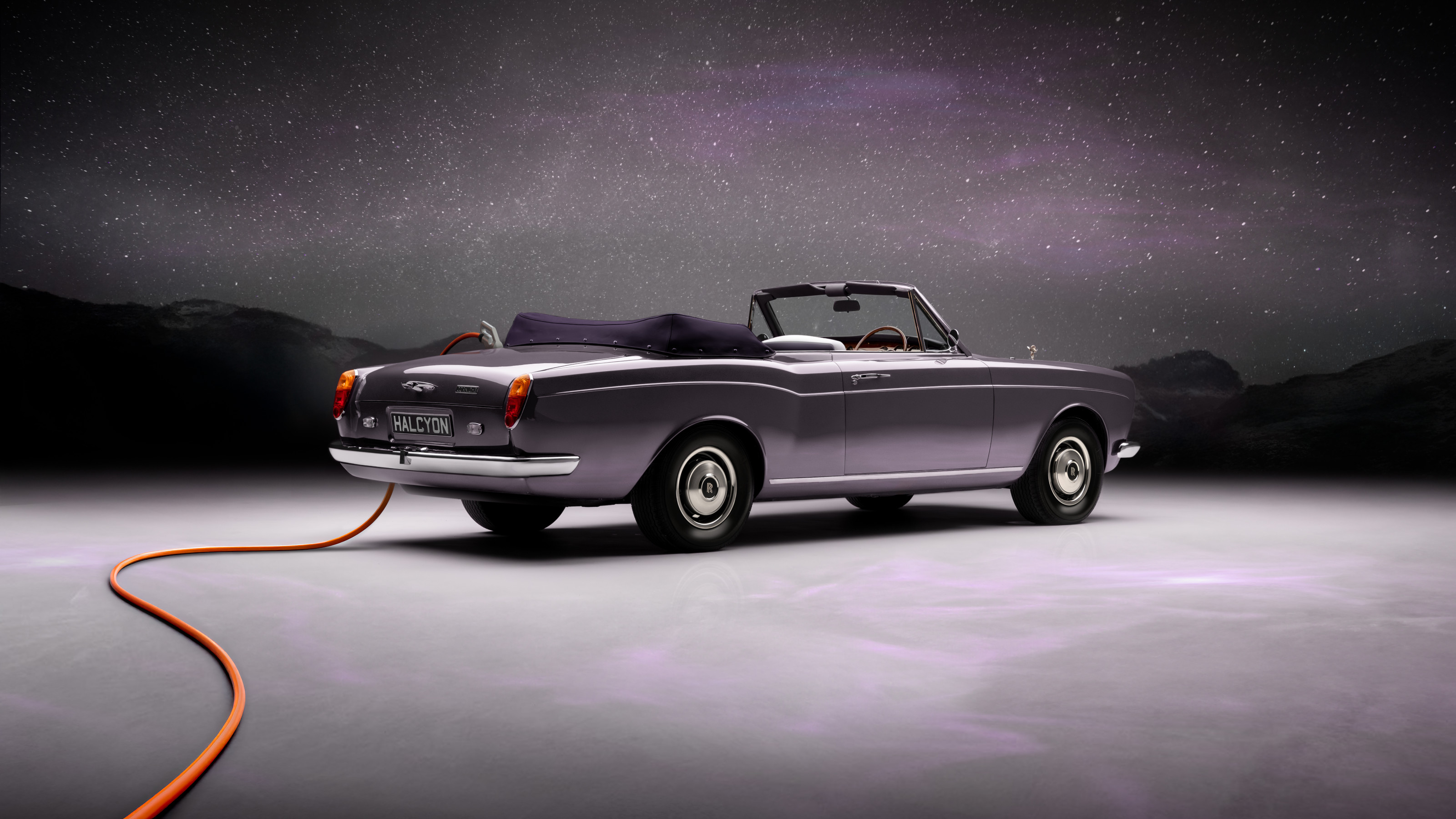 EV start-up Halcyon transforms a classic 1970s Rolls-Royce into a smooth electric operator
EV start-up Halcyon transforms a classic 1970s Rolls-Royce into a smooth electric operatorThis 1978 Rolls-Royce Corniche is the first fruit of a new electric restomod company, the Surrey-based Halcyon
By Jonathan Bell
-
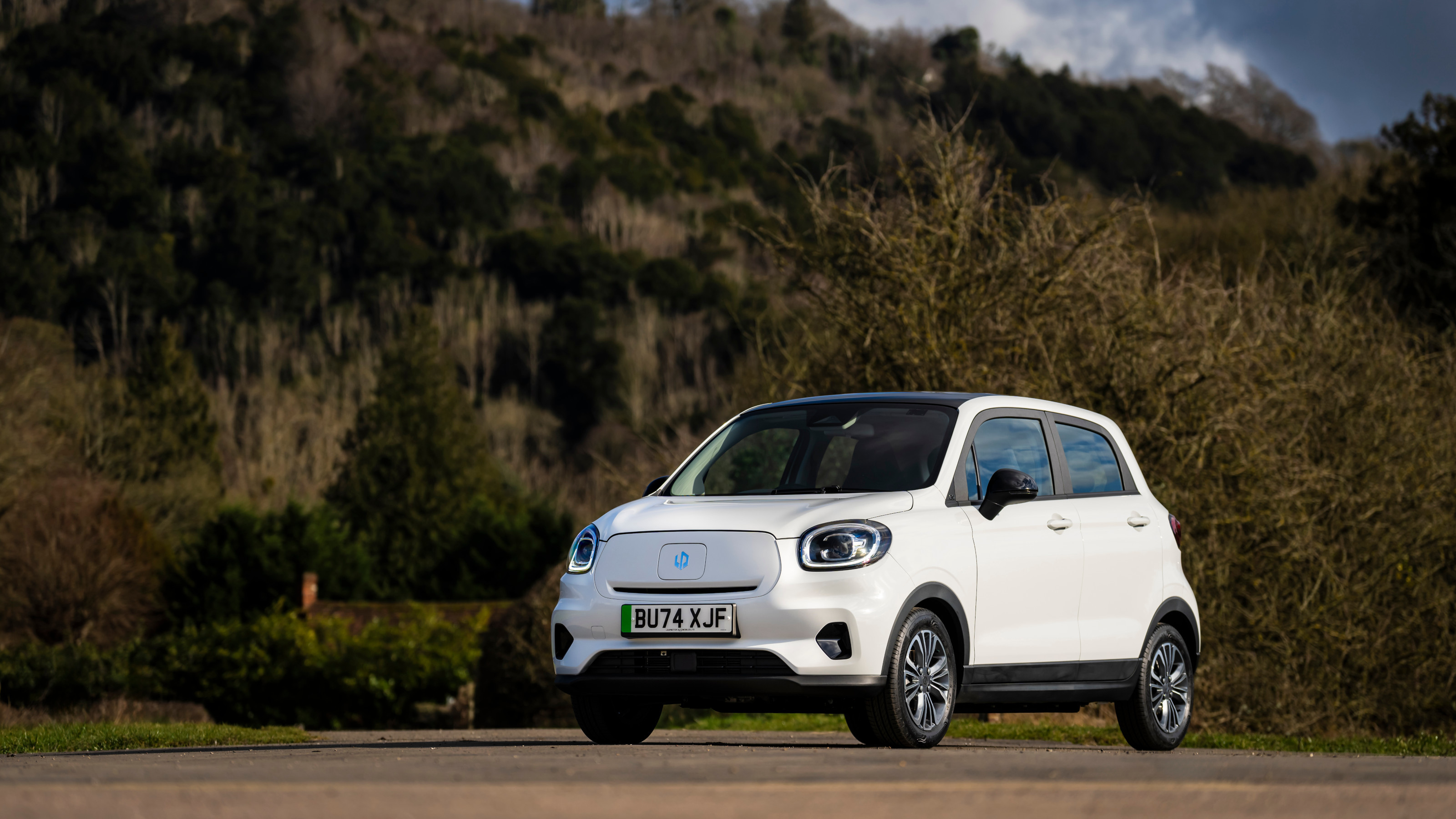 China’s Leapmotor pounces on the European car market with its T03 city car and C10 SUV
China’s Leapmotor pounces on the European car market with its T03 city car and C10 SUVLeapmotor’s tiny electric city car could be just the tonic for cramped urban Europe. We sample the T03 and its new sibling, the fully loaded C10 SUV, to see if the company’s value proposition stacks up
By Jonathan Bell
-
 Wallpaper* takes the wheel of the Bentley Blower Jnr for a rich automotive experience
Wallpaper* takes the wheel of the Bentley Blower Jnr for a rich automotive experienceHedley Studios has shrunk the mighty Bentley Blower into this all-electric, road-legal barnstormer. We take it to the streets of London
By Jonathan Bell
-
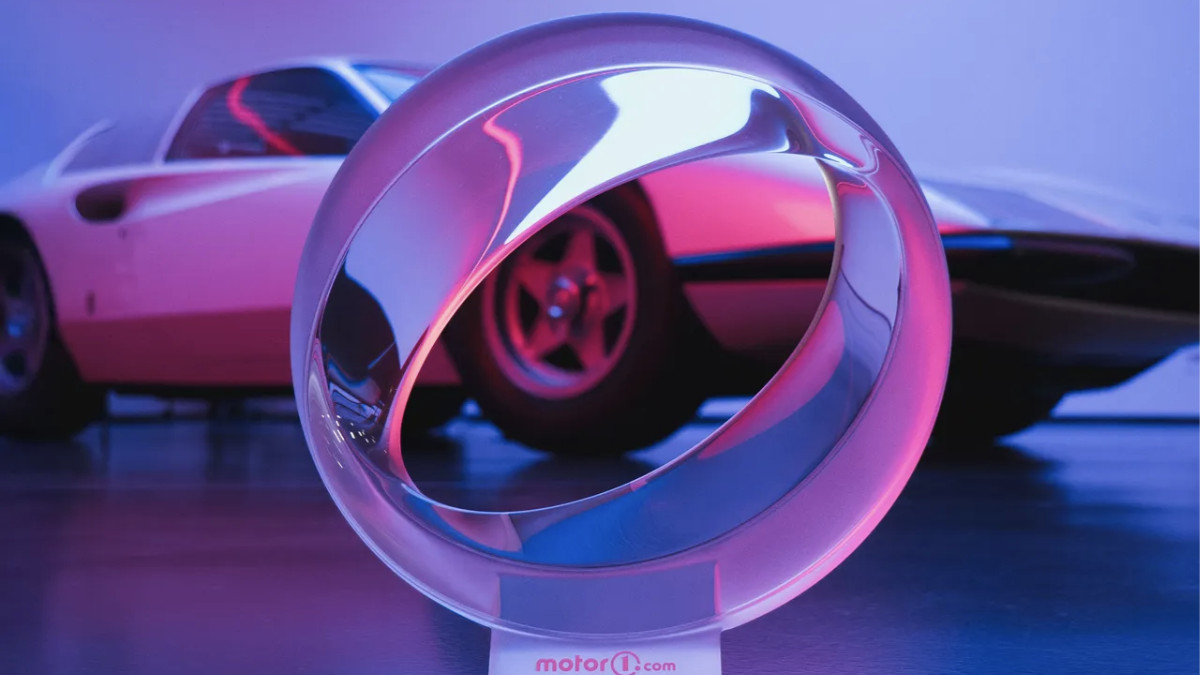 We are the world: Pininfarina’s ‘Orbis’ taps Papal support for an eco-friendly agenda
We are the world: Pininfarina’s ‘Orbis’ taps Papal support for an eco-friendly agendaThe Orbis is a ‘symbolic object’, a gift to Pope Francis from the Italian design agency at a time of political upheaval and social fracture around all aspects of sustainability
By Jonathan Bell
-
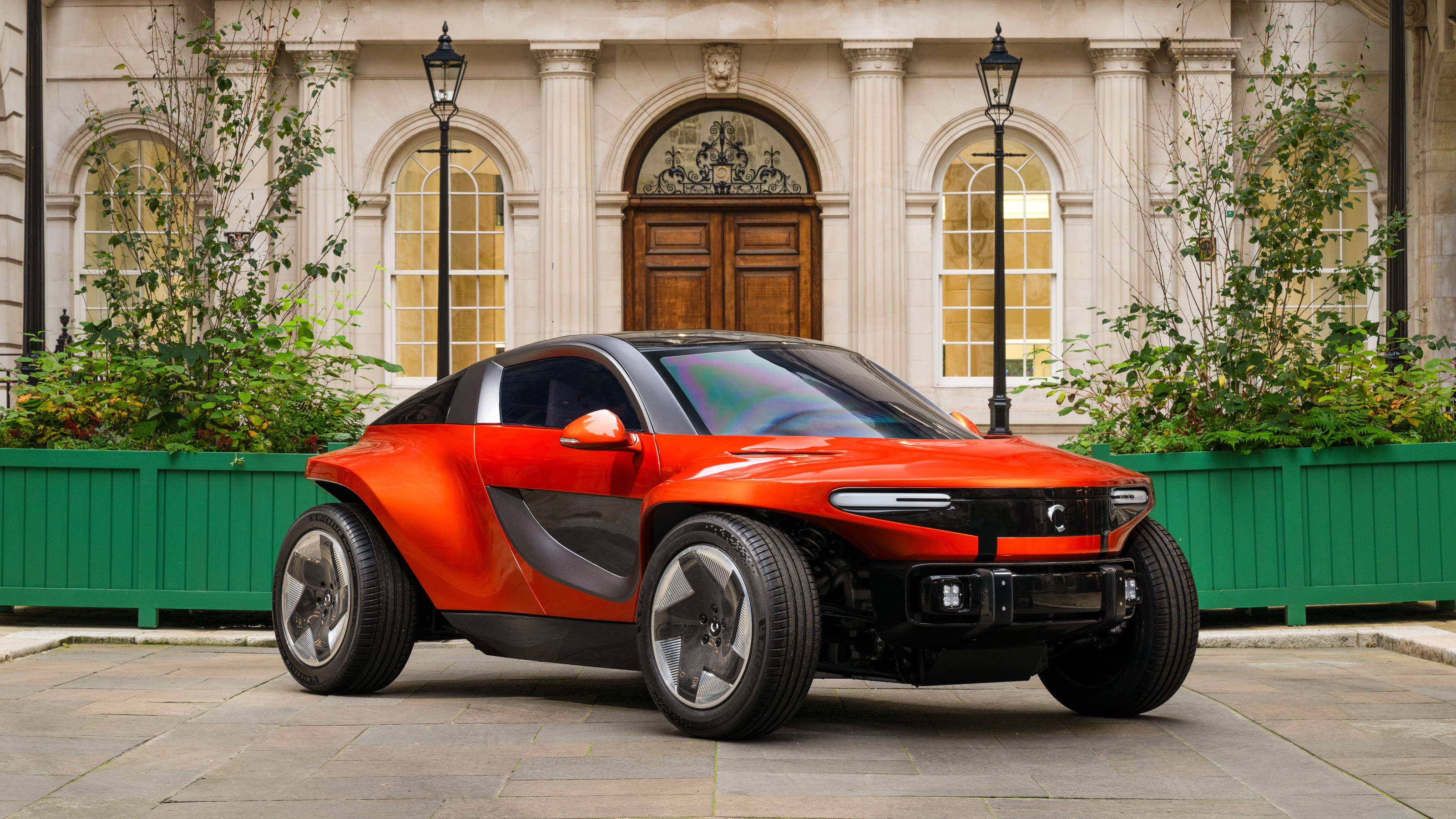 The exclusive Callum Skye EV reveals its interior style ahead of a 2025 launch
The exclusive Callum Skye EV reveals its interior style ahead of a 2025 launchThe Skye is a bespoke sporting EV with a lightweight ethos and an unconventional design. The forthcoming car now has a fully finished interior
By Jonathan Bell
-
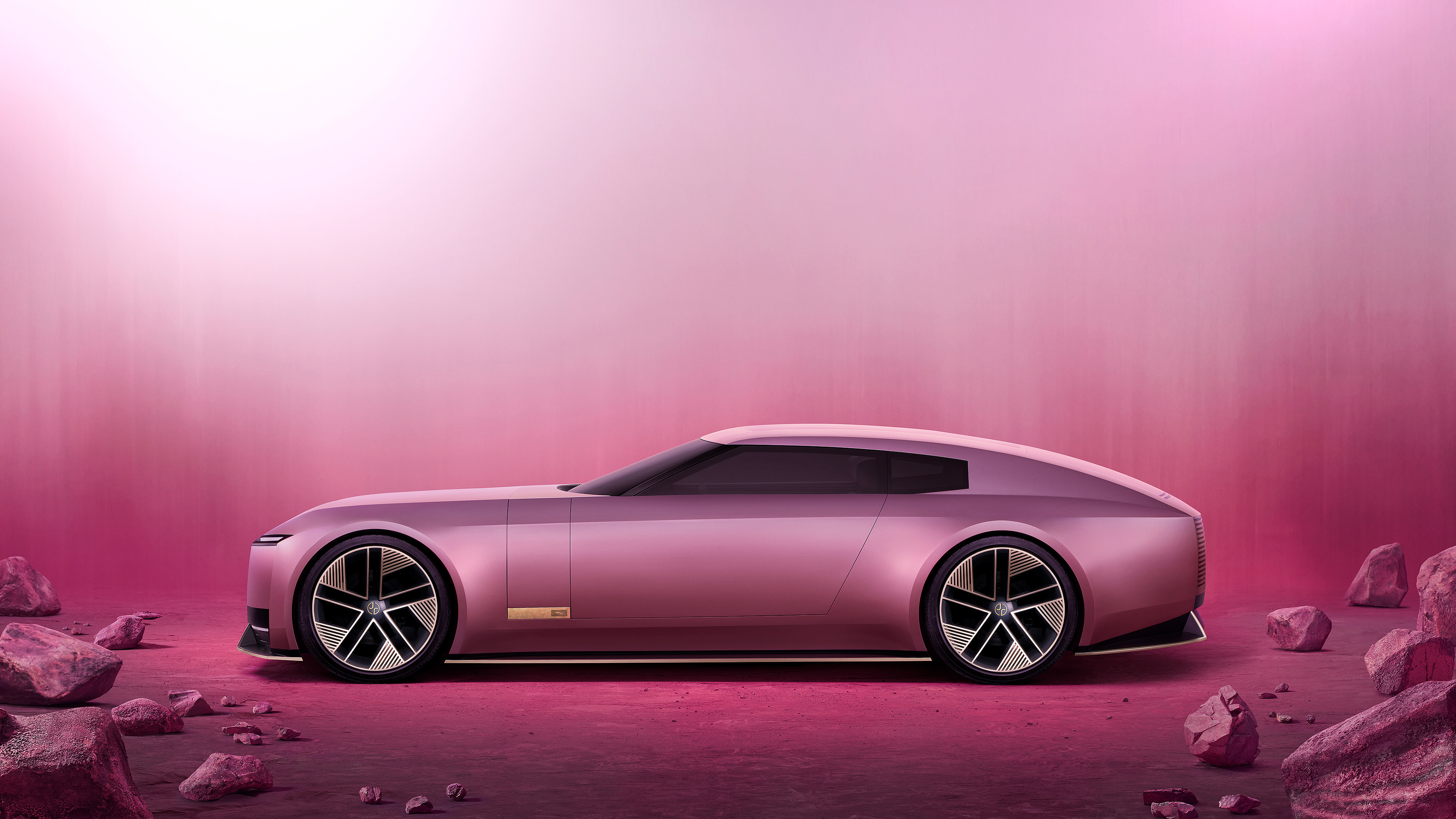 La Vie en Rose: can the Jaguar Type 00 reset the narrative surrounding the brand’s reinvention?
La Vie en Rose: can the Jaguar Type 00 reset the narrative surrounding the brand’s reinvention?This is the Jaguar Type 00, the first physical manifestation of the reborn brand’s new commitment to ‘Exuberant Modernism’. We take it for a semiotic spin
By Jonathan Bell